


TIDBITS® VISITS THE LOUVRE
by Kathy Wolfe
If you love history and art, the Louvre Museum is the place for you. This week, Tidbits travels to Paris to visit the world’s largest museum.
• Situated on the right bank of the Seine River in the city of Paris, the Louvre has an area of 652,300 square feet (60,600 sq. m).
More than 10,000 people can fit comfortably in the museum at the same time without feeling crowded. In addition to being the world’s largest, it’s also the most-visited museum. The Louvre receives between 9 and 10 million every year, an average of 27,000 people every day.

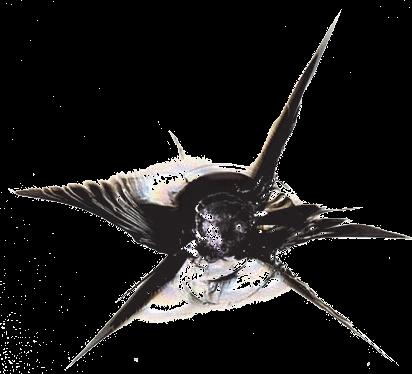



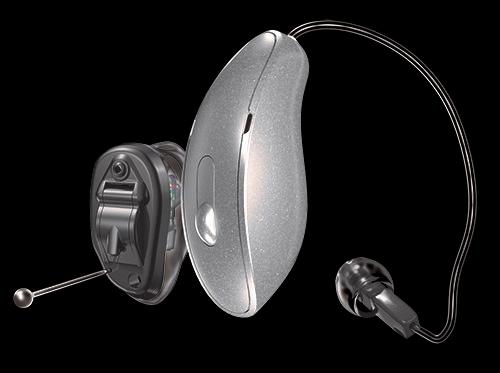
• Although the Louvre is home to upwards of 380,000 objects, only about 35,000 are on display at one time. Even so, if a person were to spend three minutes admiring each piece, it would take about 100 days to see what’s on display.
• The Louvre got its start as a fortress in the late 1100s to protect Paris from invading English forces. King Philip II initiated the construction in 1190 to protect the city. Remnants of the original fortress are visible in the basement today. During the reign of King Charles V, beginning in 1364, it was determined that the Louvre was no longer suitable as a fortress, and the king began to transform it into the royal residence, with significant expansion, adding towers, walls, and moats. His great-great-grandson, King Francis I did further extensive renovations, rebuilding several sections during the 1500s.











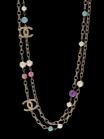




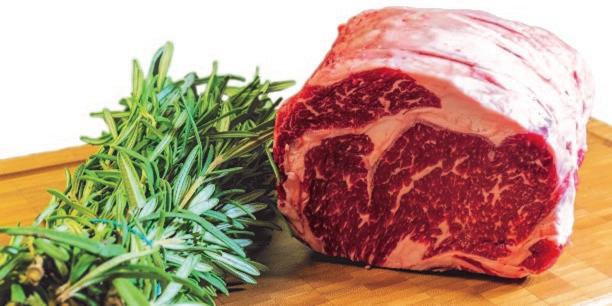





Of The Mid-Ohio Valley
is Published & Distributed Weekly By: CindAl Publishing Company 812 55th St. Vienna, WV 26105
e-mail: alan@tidbitsmov.com
Advertising: 304.210.3812
We reserve the absolute right to accept, reject, discontinue or refuse any advertisement personal or commercial that we deem may not be conducive for our publication or Tidbits®. The publisher does not assume any responsibility for the claims of its advertisers. Tidbits® is committed to remain a family oriented publication. www.tidbitsmov.com
THE LOUVRE (continued):
• King Louis XIV doubled the size of several areas of the Louvre, but in 1682, chose to move his household to the Palace of Versailles, 10.5 miles (17 km) from Paris. Once the royal family lost interest in the Louvre and abandoned it, it fell into disrepair.
• It was the action of King Louis XVI that changed the Louvre from a palace to a museum in 1793. When the structure opened as a museum that year, it exhibited 537 paintings and 184 artifacts. Due to structural deficiencies, the Louvre was closed in 1796. In 1801, Napoleon reopened the museum and later changed the name to Napoleon Museum, adding artifacts and antiquities plundered through his conquests and military campaigns. When his reign came to an end, nearly 5,000 artworks were returned to their countries of origin, and once again, the structure became the Louvre.
• The Louvre houses Egyptian antiquities, ancient Greek and Roman sculptures, the crown jewels of French nobles, Islamic art, and thousands of pieces that are hundreds of years old. The oldest piece in the Louvre is about 9,000 years old. The Ain Ghazal statue, a limestone sculpture, was uncovered at an archaeological site in Jordan during the 1980s.
• During World War II, as the Nazis began their invasion of Europe, the director of French museums feared that France would be overtaken, with the probability that the Louvre’s artwork would be plundered by the Nazis. The Mona Lisa was #1 on Hitler’s list of masterpieces to be confiscated as a treasure of war. In August, 1939, the director made the decision to remove everything and spread the artifacts around the French countryside. For the next four months, thousands of artifacts, sculptures, and 3,690 paintings were painstakingly wrapped and loaded onto 200 trucks that shipped them to various locations. The convoy carried 1,000 crates of antiquities and 268 crates of paintings.

Toby Tidbits is hiding In this issue of TidbitsMOV

When you find him, to enter the weekly contest, please send us a message including your name, POSTAL MAIL address, the issue number you are referring to and which AD is hosting Tommy for the week! Visit www.tidbitsmov.com or send the answer with the above information to alan@tidbitsmov.com OR you may send us a private message to our Facebook page - @Tidbits MOV. PLEASE do not post the answer directly to the page - that ruins the fun for everyone. All winners will be drawn randomly from correct responses and will be posted weekly. As with all our contests, though you are welcome to play every week, you are only eligible for one winner per household per month.




Roger W from Parkersburg Found Toby In Issue 1272



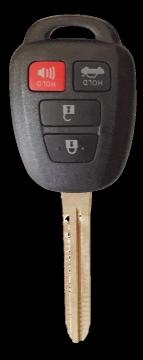




Q: Why did the art thief's van run out of gas as he drove away from the museum?
A: Because had no Monet to buy Degas to make the Van Gogh




KITCHEN MANAGER NEEDED! APPLY TODAY!
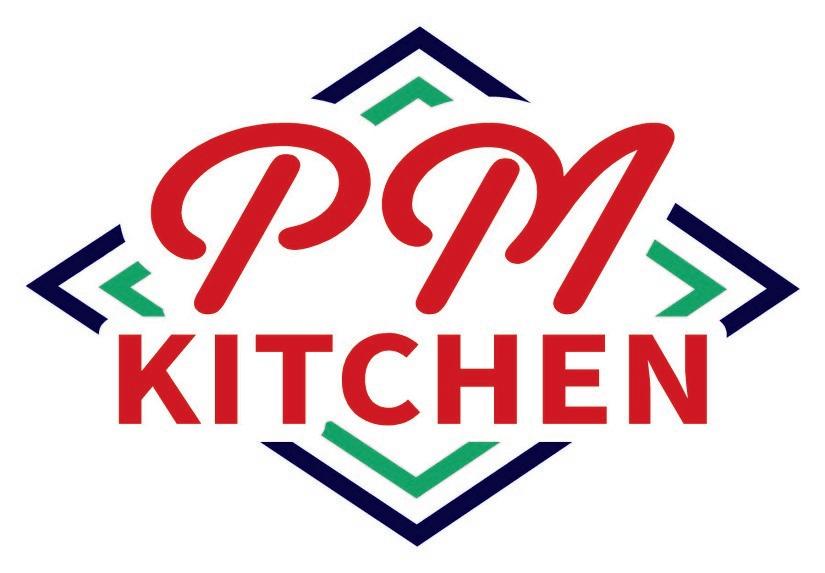





THE LOUVRE (continued):
• The priceless artwork was sent to more than 70 different sites, most of them castles, locations far away from the heart of the combat. The Chateau de Chambord in France’s Loire Valley, was to receive most of the art. Built as a hunting lodge for King Francis I in the 1500s, the castle’s 440 rooms, 282 fireplaces, and 84 staircases provided a home for thousands of antiquities, including the Mona Lisa. For the security of the Mona Lisa, the painting was moved another five times during the war, including to a remote abbey that was home to nuns and monks. It was moved by ambulance, carefully strapped to a stretcher. Allied Forces pilots were given the coordinates of the castles’locations to protect the art from being bombed.
• When the Nazis arrived at the Louvre in 1940, they discovered a very large collection of empty frames and scores of empty rooms. They were thrilled to come across the statue of the Venus de Milo until they learned it was a plaster copy. The genuine Greek marble sculpture, which had been displayed at the Louvre since 1821, was safely stowed away in the Chateau de Valencay.
• The Nazis may not have been able to plunder the Louvre, but because of Hitler’s order to confiscate private collections and “especially Jewish private property,” the Germans used three rooms of the Louvre to store their looted collections.
• Due to his efforts to keep all of the priceless art safe, the director of France’s museums, Jacques Jaujard, has been proclaimed “the man who saved the Louvre.”
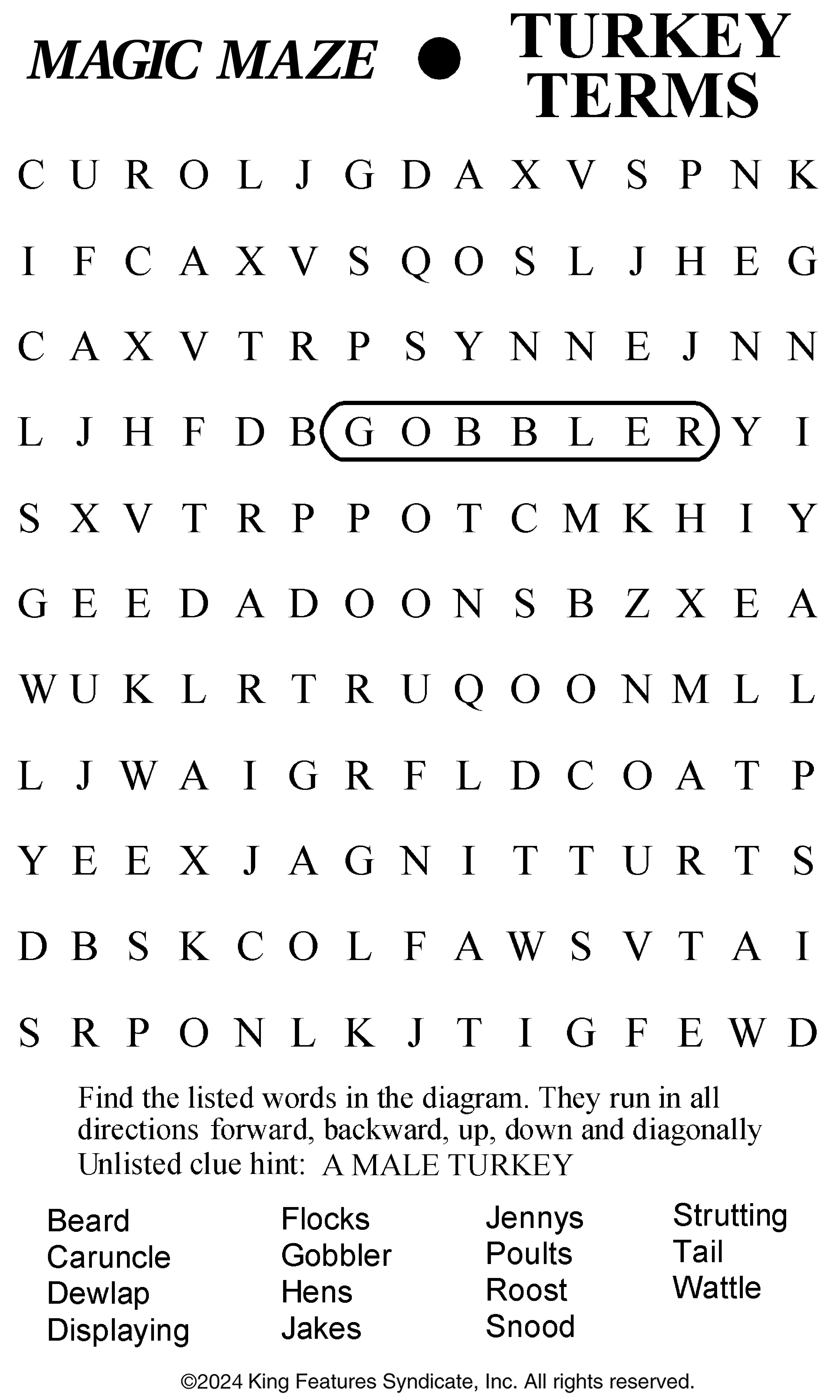
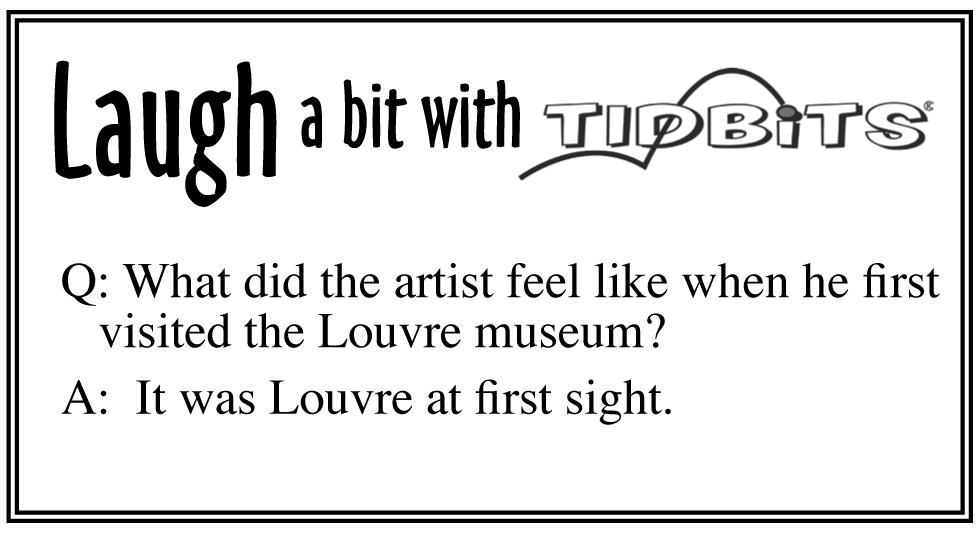






THE LOUVRE (continued):
• The Louvre is more than a museum – it’s also home to an institution of higher learning, the Ecole du Louvre, which offers undergraduate, master’s, and doctorates in the fields of archaeology, art history, anthropology, and epigraphy (the study of inscriptions and epigraphs). The school was founded in 1882, dedicated to archaeology, but expanded to art history, anthropology, and ancient languages in order to “train curators,missionaries,andexcavators.”
• A massive renovation of the Louvre began in 1983, doubling the exhibition space. Part of the project was the construction of a gigantic glass and metal pyramid in the main courtyard, surrounded by three smaller pyramids, the Pyramidions. The structure, whose design was influenced by Egypt’s Great Pyramid of Giza, stands 71 feet (21.6 m) tall, with the length of each side at 115 feet (35 m). It consists of 19,375 sq. feet (1,800 sq. m) of glass, 673 panes of specially-developed glass resting on 6,000 metal bars. Enough of the unique glass was produced to build two pyramids in the event that any glass pieces break. After more than 35 years, not a single repair has ever been needed. It took more than two years to build the pyramid, which was unveiled in 1989.
• The grand pyramid now serves as the main entrance to the museum. The pyramid sits above the Louvre’s underground lobby, acting as a skylight that floods the underground space with light.
• The Louvre is available for commercial music videos and films, hosting about 500 shoots a year. The 2006 blockbuster movie “The Da Vinci Code,” depicting a murder in the Louvre, was partially filmed there. Beyonce and JayZ rented it out to shoot a music video in 2018. Cost varies based on how big the production is, and whether filming is just outside or uses the inside as well. Using the indoor galleries is typically $17,500 a day. The cost of renting out the reception hall under the Glass Pyramid starts at $36,000.





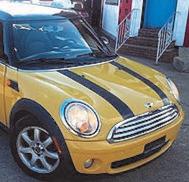














Make Turkey Salad From Thanksgiving Leftovers
Hosting the Thanksgiving feast usually means a variety of leftovers get tucked away in the refrigerator for building pile-high sandwiches. If you're ambitious, you might even make soup or a casserole with the good and seasoned food.
Here's another tasty option that will please your family and weekend guests: Make a big, savory, crunchy, nutrient-packed turkey main-dish salad and serve it at a weekend brunch with croissants and fresh fruit on the side. If you are like me and contribute dishes to the Thursday feast but don't host the gathering, no worries about not having turkey leftovers. Just put a fresh turkey breast in the oven on Friday and roast it for this seasonal recipe. I look for a brined turkey breast at my local market in allnatural seasoned flavors, like apple cider and fresh herbs.
When I stir the salad together, I remember that my kids aren't mayo-lovers, so I compromise with half mayo, half Greek yogurt for the dressing. I use dried cranberries without added sugar. If the spirit moves me, this recipe is also delicious with a crisp, chopped local apple added just before serving.
Enjoy it topped over mixed greens, or spoon it between a halved croissant for a delectable



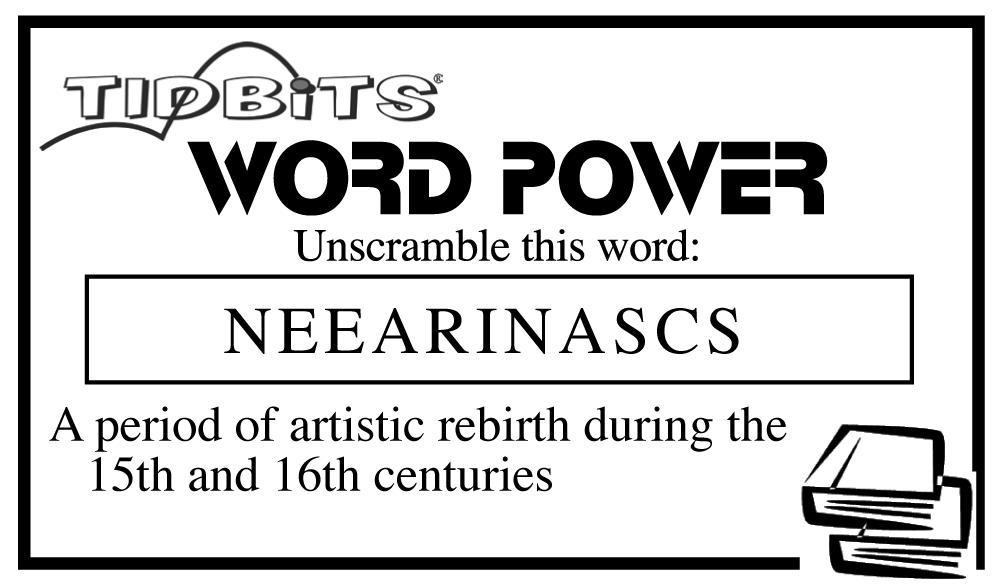
sandwich.
TURKEY SALAD
Serves 8
4 cups cubed, baked turkey
1 tablespoon chopped red onion
1/2 teaspoon salt
1/2 teaspoon ground black pepper
1/2 cup mayonnaise
1/2 cup Greek yogurt
1 cup chopped celery
1 1/2 cups seedless red or green grapes, halved
1/2 cup dried cranberries
1/2 cup roasted pecans, loosely chopped
1/2 crisp apple, chopped (optional)
1/2 fresh lemon
In a large bowl, combine turkey, onion, salt, pepper, mayonnaise and yogurt. Add and stir together celery, grapes, cranberries and pecans. Add apple, if you wish, and a few squeezes of lemon juice just before serving.
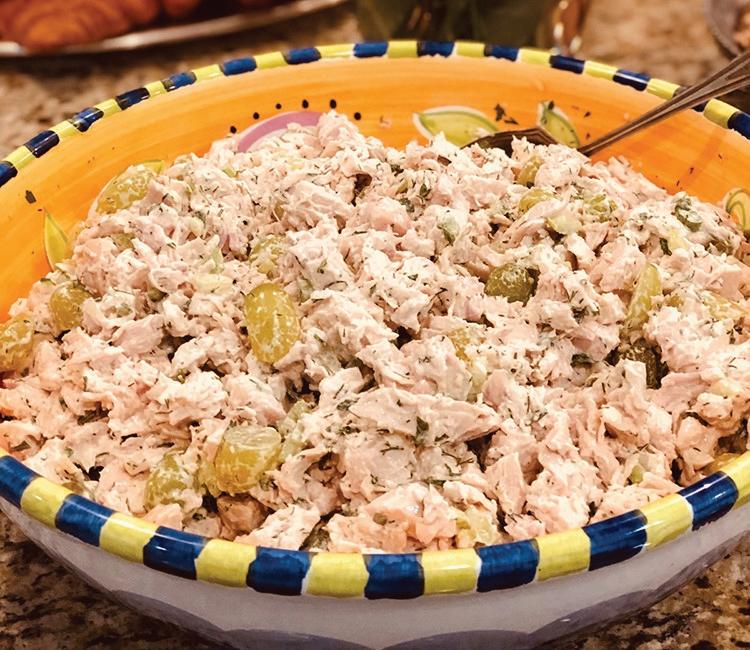





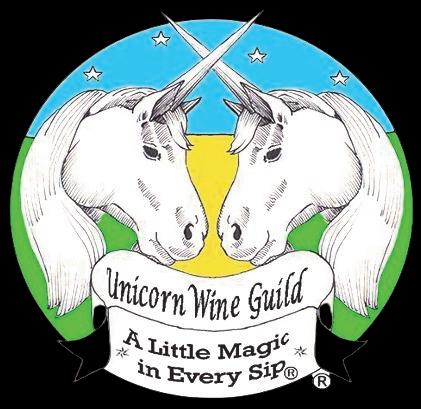


BEAUTIFUL BODY: TEARS
Your body produces between 15 and 30 gallons of tears every year, not enough to “cry me a river,” but enough to warrant Tidbits looking into this process of the eyes!
• Tears contain water, oils, mucus, and salt. A tiny tear has three different layers, one that keeps the whole tear fastened to the eye, a middle layer that keeps the eye hydrated and repels bacteria, and an oily outer layer to keep the tear smooth enough to see through, while preventing the other layers from evaporating. Mucus, which contains antibodies for resistance to infection, spreads the tears evenly across the surface of the eyes when we blink. Tears also contain enzymes, lipids, metabolites, and electrolytes.
• Tears are produced by the lacrimal glands above each eye and spread across the eye’s surface by blinking. From there, tears drain into tiny openings in the inner corners of upper and lower eyelids known as puncta, passing through small canals in the lids, then down another duct, and finally emptying into the nose. That’s why crying causes your nose to run!
• There are three different types of tears produced in the body for different purposes. Basal tears are always present in the eyes, lubricating, nourishing, and protecting the cornea. They’re a shield for the eye, fighting against dirt and debris. Reflex tears wash away irritants, such as dust, dirt, smoke, foreign material, and onion fumes. They are produced in larger amounts than basal tears, and contain more antibodies to combat bacteria. Reflex tears are the type that spill out in response to a person’s allergies.
• Why do we cry when chopping onions? As onions are sliced, they release synPropanethial S-oxide, a chemical that irritates the lacrimal glands, causing them to produce tears. (Continued page #7)


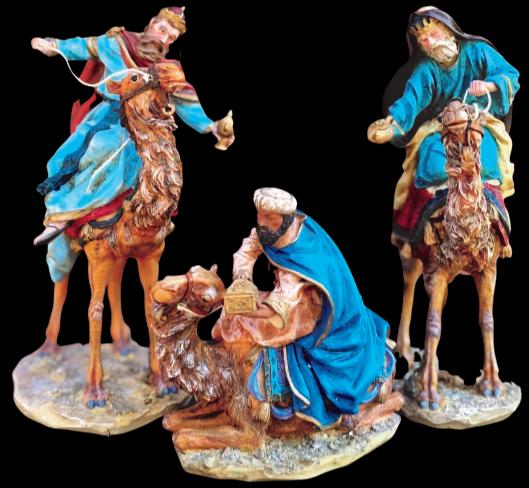




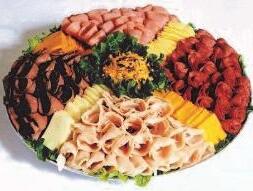
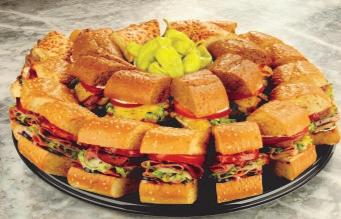










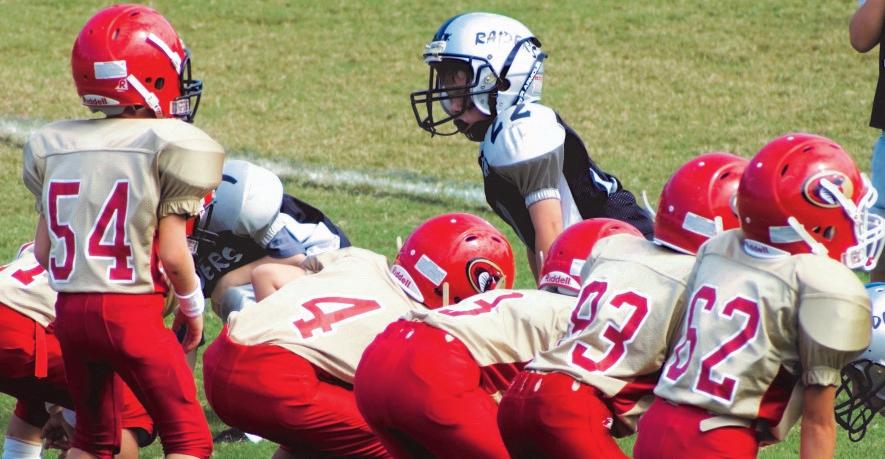











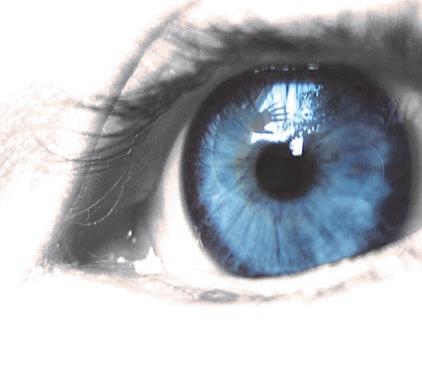



Keep your pets safe during the holidays
Dear Paw's Corner: Last Thanksgiving, we had the scare of our life. Our little dog "Mamie" jumped onto the counter and ate a huge amount of the stuffing that I had just scooped out of the turkey! She got sick almost immediately and threw up, but because she kept drooling afterward I rushed her to an emergency vet. Mamie spent a few days at the vet getting supportive care because the ingredients in the stuffing affected her so badly. She's completely recovered now, but please warn your readers to keep pets away from the kitchen and dining room during holiday festivities. Paul and Diane G., Norwood, Massachusetts
DEAR PAUL & DIANE: I am so relieved to hear that Mamie is OK! As you noted, many of the delicious, rich foods we eat during Thanksgiving and Christmas contain ingredients that are poisonous to dogs and cats. Onions are one culprit, but garlic, avocados, grapes (and raisins), macadamia nuts and chocolate can also cause serious illness and death if ingested. Foods or candies sweetened with xylitol can be deadly to pets. Alcohol and caffeine can also sicken them. While preparing the feast, keep pets out of the kitchen. When guests arrive and you begin to serve treats and drinks, that's the time to sequester your pets for the duration. Place them in a quiet room with water, treats and their favorite toys. This keeps them calm and allows you to focus on your guests. It also prevents them from getting into foods that could harm them.
Finally, for pet owners who think, "My big dog ate a chocolate bar once and it didn't hurt him at all" it's a bad idea to assume that your dog isn't at risk because they got through an earlier scare unscathed. Protect your pets this holiday season, and enjoy many more to come.
Send your tips, comments or questions to ask@pawscorner.com. (c) 2024 King Features Synd., Inc






TEARS
(continued):
• Those tears that are a response to joy, sadness, fear, anger, or grief are aptly named emotional tears. These tears contain 24% more protein-based hormones along with other hormones not present in basal or reflex tears. Crying for emotional reasons often makes a person feel better and releases tension. However, people are more likely to feel better after crying if they receive support from others during their tears. Those who cry in a non-supportive situation are less likely to feel better.
• Women cry about three to four times more frequently than men. Women’s crying is more intense, becoming sobbing 65% of the time compared to men’s 6%. A woman’s average cry lasts six minutes, while the man’s is about four minutes.
• Newborns cry in a request for care and assistance, but they don’t produce visible tears because their lacrimal glands are not yet fully developed.
• Older people often develop what’s called “dry eye.” This occurs because, as folks age and undergo hormonal changes, the production of basal tears slows down. Sometimes dry eye leads to a condition known as blepharitis, which produces inflammation, redness, and swelling.
• The phrase “crocodile tears” can refer to a person faking sadness and tears, but there is actually a condition known as “crocodile tear syndrome,” in which people shed tears when they salivate. It’s caused by a crisscrossing of the nerves leading to and from the salivary and lacrimal glands, and actually causes those affected to cry in anticipation of food.
• The expression “cry me a river” is said sarcastically to someone who is whining, complaining, and crying dramatically and excessively in order to gain sympathy for a situation





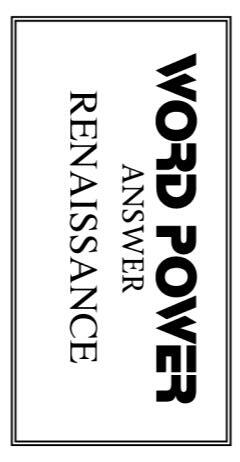








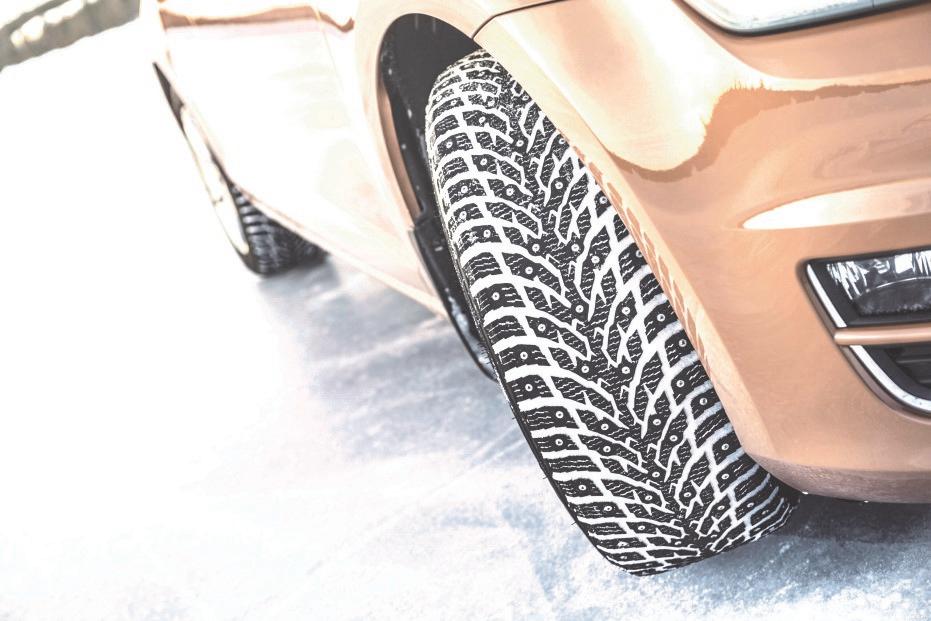
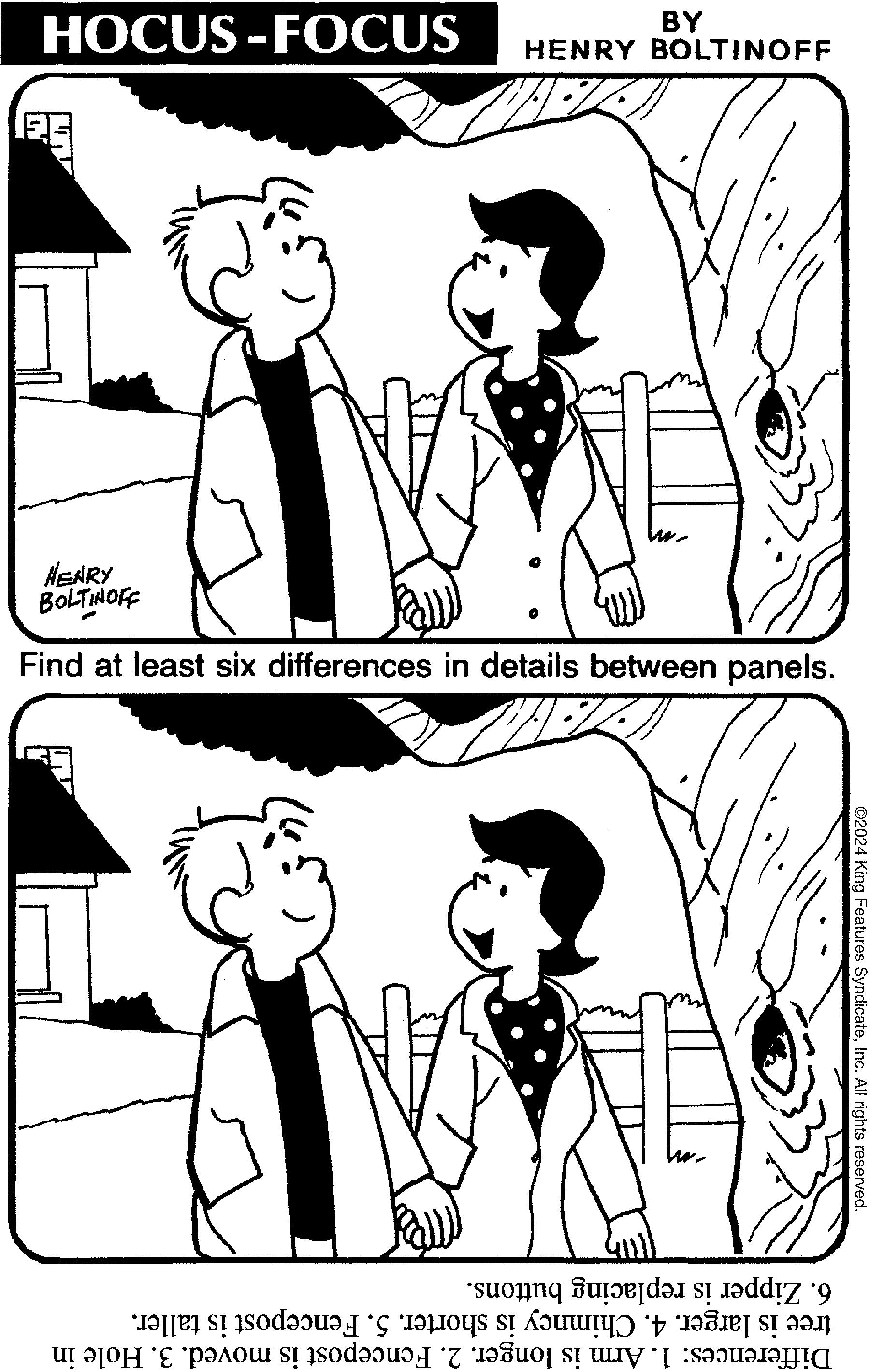

* Need a quick batch of cookies? Keep a box mix of cake on hand. Instead of the listed ingredients, add two eggs and a half-cup of oil to the mix. Mix and shape, then bake at 350 degrees for 10 minutes. They are really good, and you can get pretty creative.

* Inexpensive gift idea: A cute holiday coffee mug with a bar of chocolate, a packet of hot cocoa or instant coffee, a peppermint stick and a holiday pick. Place inside a gallon-size zipper-top bag, tie with a ribbon, then trim off the zipper-top, leaving just the plastic. Looks nice.
* Instead of going out and buying extra items to have on hand for guests, just borrow from your neighbors. Extra towels, place settings, silverware, kitchen appliances: It's a pretty good bet that someone on your street has it for you to borrow. If you don't know your neighbors well enough to ask, maybe you should start planning a get-to-know-you party right now.
* Inexpensive gift idea: On the front of an empty photo album or scrapbook, print out and arrange color photos of your recipient in a collage. Glue the photos to the front of the album and cover with a decoupage glaze, like Mod Podge. Let dry and glaze again. You've just made a one-of-a-kind gift!
* When holiday cookie time comes, I keep a plastic pitcher of hot water in the sink. I toss cookie cutters into it when I am done with them, so the corners are soaking. They really seem to only need a rinse and a quick brush-off afterward. Mine don't get caked up with dough.
Send your tips to Now Here's a Tip, 628 Virginia Drive, Orlando, FL 32803.
(c) 2024 King Features Synd., Inc.
